Product on the list: New-Test Feline Renal Function Combo Test Kit
This kit requires only 100 μL of plasma and can simultaneously detect Symmetric Dimethylarginine (SDMA), Cystatin C (CysC), and Creatinine (CREA) in dogs and cats within 10 minutes. Specifically designed for renal function assessment, it is particularly useful for guiding prognostic evaluation of the current renal status in cats with acute urinary obstruction at the time of admission.
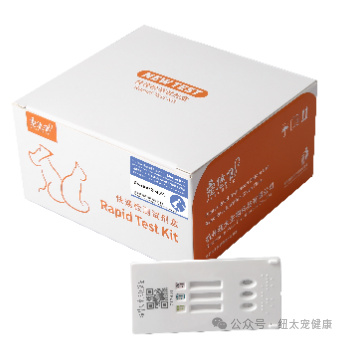
Figure 1: New Test Renal Function Combo Test Kit
1. Medical History
Patient: Maine Coon, Cat, Male, 2 years, 4 kg
Owner’s distri: The cat has shown poor spirit and moderate appetite for the past two days. History of Cystitis. Recent difficulty urinating, frequently visiting the litter box. Today, the cat is lying still and inactive.
Physical Examination Findings:
Bradycardia, Loud breath sounds, Reduced limb reflexes, Body temperature: 36.5°C, Thin body condition
2. New Test Feline Renal Function Combo Test Kit
Results see Figure 2:
- Creatinine (CR): Strongly positive
Glomerular filtration marker; elevated in renal dysfunction; Urinaryexcretion leads to obstructive elevation during urethral blockage.
- Symmetric Dimethylarginine (SDMA): Strongly positive
Early glomerular filtration marker; excreted via urine; Like creatinine, elevated in both renal injury and obstructive conditions. - Cystatin C (CysC): Negative
Glomerular filtration marker; Unlike CR/SDMA, it is reabsorbed and metabolized by renal tubules-remains normal in pure obstruction without significant renal damage)
Interpretation:
The strongly positive results for CR and SDMA, combined with a negative CysC, the results indicate obstructive elevation of creatinine and SDMA due to urethral blockage (e.g., urinary retention). This suggests no significant renal damage or early-stage injury, with a predicted favorable prognosis. Further biochemical testing and diagnostic imaging are recommended.
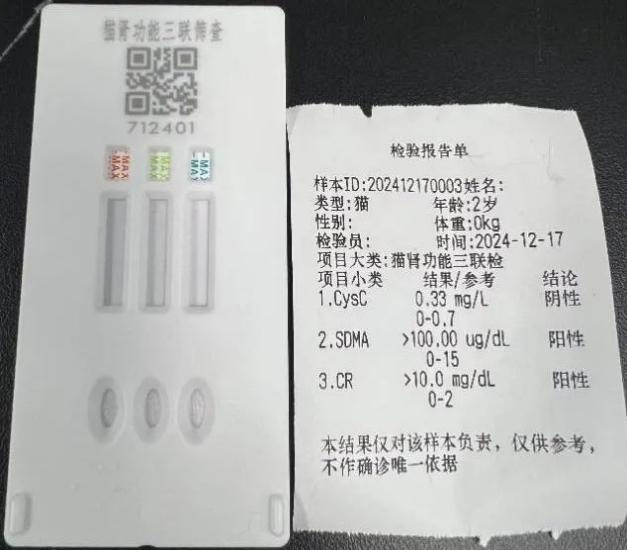
Figure 2: New Test Feline Renal Function Combo Test Kit and Result Report
3. Laboratory Biochemical Tests
Results see Figure 4:
The results indicate elevated AST, CK, TG, GLU, CREA, BUN, P, and Mg, which suggest potential hepatic and renal dysfunction/abnormalities. The creatinine(CREA) result is consistent with the New Test Feline Renal Function Combo Test Kit (strongly positive). Further diagnostic imaging is recommended.
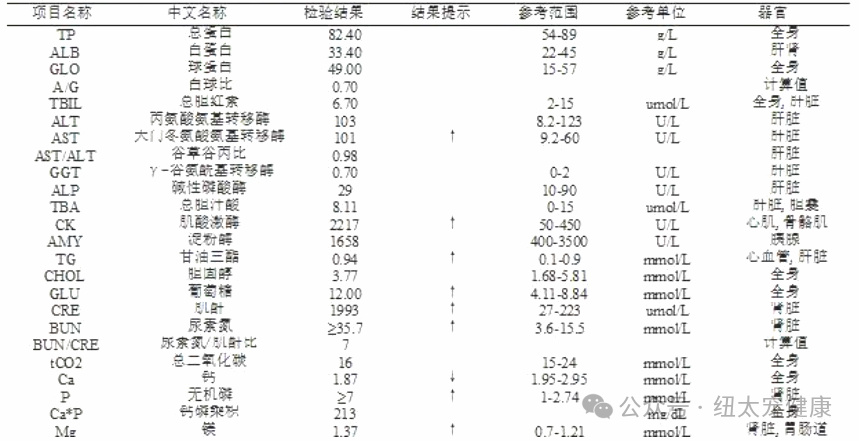
Figure 4: Biochemical Test Results
4. Diagnostic Imaging Findings
Results see Figure 5A&5B:
Bilateral renal enlargement observed in abdominal imaging.
A large space-occupying lesion in the typical bladder region, consistent with severe bladder distension. Hyperechoic intestinal walls with gaseous accumulation.
Clinical Recommendation: Urgent urinary catheterization is advised.
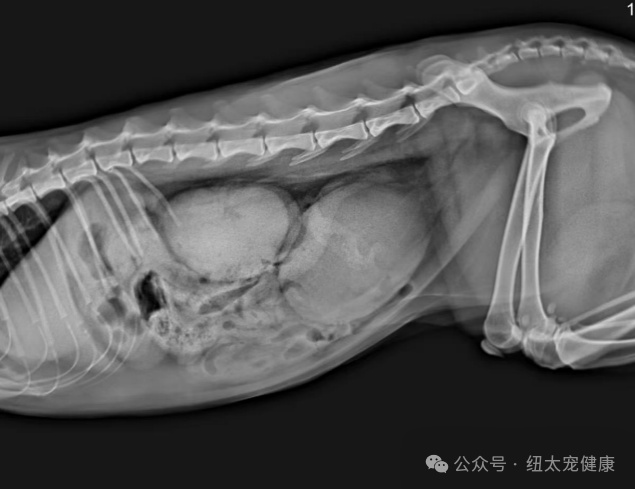
Figure 5A: Imaging Results
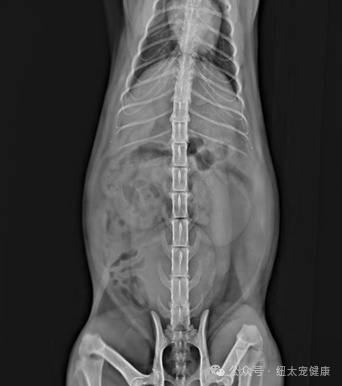
Figure 5B: Imaging Results
5. Diagnostic Suggestion
Based on the above results, the preliminary diagnosis is Feline Idiopathic Cystitis (FIC) with obstruction.
6. Treatment Recommendations
1) Physical Therapy: Urinary catheterization (urethral intubation) (see Figure 6 )
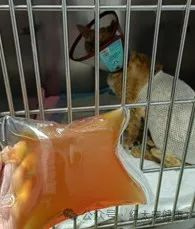
Figure 6: Photo of Urinary CatheterizationTherapy
2) Medical Therapy:
Treatment of hyperkalemia and myocardial protection (calcium gluconate). Antibacterial therapy.Maintenance of electrolyte balance. Analgesic/sedative medications for liver and kidney protection.
3) Surgical Therapy:
Urethrostomy may be considered for animals with severe and recurrent urinary obstruction.
7.Post-Treatment Follow up
1) Physical Condition: The patient showed rapid improvement during hospitalization, with the cat freely eating by the second day (see Figure 7). Pending further monitoring with New Test Renal Function Test.
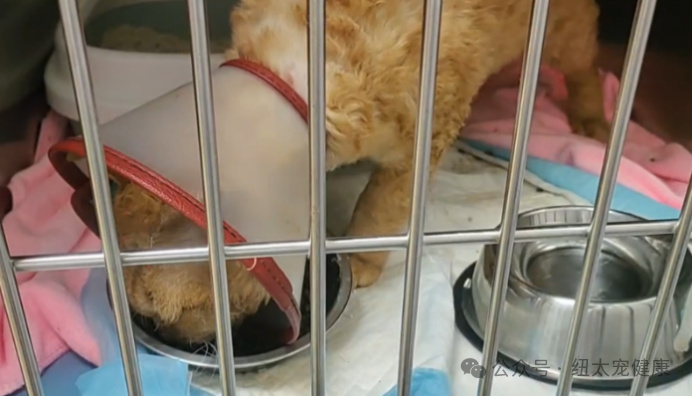
Figure 7: Photo of the Cat Eating on the Second Day
2) Recheck of Indicators: Four days after admission, the New Test Feline Renal Function Test was repeated: creatinine, SDMA, and cystatin C were all negative (see Figure 8). The owner was advised to follow up with testing in three months and seek prompt medical attention for any abnormalities in the interim.

Figure 8: Normalized renal biomarker results after 4 days.
Summary:
1) When biochemical renal function indicators are abnormally high, especially in cases with urinary obstruction, the New Test Feline Renal Function Combo Test plays a significant role in predicting and guiding treatment and prognosis for admitted cases. It serves as a crucial diagnostic tool to determine whether there is substantial renal damage in urinary obstruction, providing an important basis for precision diagnosis in cats and dogs with urinary obstruction.
2) Biochemical renal indicators and SDMA are important markers of renal filtration function, reflecting glomerular filtration capacity. However, relying solely on biochemical tests or SDMA to assess renal damage or its severity has limitations. Combined detection of multiple indicators can more accurately determain the true condition of the disease, helping to provide a basis for more targeted treatment.
3) The Cystatin C (CysC) indicator is a critical early marker of renal damage. Previously, due to a lack of understanding that its metabolic pathway is unaffected by urinary obstruction, it was often observed that CysC remained normal while Creatinine was abnormal in cases of urinary obstruction, leading to the misconception that CysC is inaccurate for detecting early renal damage in cats (common in urinary obstruction cases). Through the clinical application of the New Test Renal Function Combo Test, New Test Biotech has for the first time provided new clinical guidance on using CysC to distinguish between substantial renal damage and obstruction-induced abnormalities in cats with urinary obstruction and abnormal biochemical renal indicators.
Thoughts and Discussions:
1) Is SDMA as a single indicator clinically valid for early feline renal dysfunction diagnosis?
The selection of a biomarker for disease diagnosis typically relies on statistically significant differences in indicator values between symptomatic and healthy individuals in clinical statistics. However, the correlation between clinical symptoms and biomarker values may yield contrasting conclusions depending on specific conditions. For example, during the author’s graduate research on aroma-producing functional bacillus, he found that the capsid proteins of bacillus spores exhibit laccase activity, and the high-temperature fermentation of Jiang-flavor Baijiu Daqu results in deep browning. His analysis suggested that the browning of high-temperature Daqu might be linked not only to the Maillard reaction but also to laccase-mediated enzymatic browning. Although statistical experiments showed a high correlation between browning degree and spore proportion/enzyme activity (correlation coefficient: 0.617), gene knockout verification of bacillus laccase ultimately proved no association between laccase activity and browning degree.
If SDMA’s application in evaluating early chronic renal dysfunction is based on studies using ideal non-urinary-obstructed cat models, clinical use must account for the high prevalence of urinary obstruction (especially in male cats). Thus, the feasibility of using SDMA as a single indicator for early chronic renal dysfunction is questionable, as it is impossible to ensure that screened cats do not have early-stage urinary obstruction or reduced urination.
2) Is it reasonable to diagnose acute renal dysfunction based on biochemical indicators in urinary obstruction cases? Should we adopt a general concept or further differentiate substantial renal damage?
Urinary obstruction also affects the use of creatinine (CR) for diagnosing acute renal dysfunction. Currently, serum creatinine concentration is commonly used to grade acute renal dysfunction, but creatinine levels can rise due to obstructive factors in urinary obstruction. Logically, reduced glomerular filtration leads to increased creatinine (cause to effect), but elevated creatinine alone does not necessarily indicate reduced glomerular filtration (effect to cause). Given that cystatin C (CysC) is both filtered by the glomerulus and metabolized by renal tubules (reabsorbed and rapidly decomposed), its reverse inference has higher validity. We advocate for reintroducing CysC as a key indicator for identifying and grading acute renal dysfunction.
3) Clinical limitations and future developments
Despite New Test collected a sufficient number of clinical cases during the early stage, clinical practice is rigorous and development. We welcome widespread use of the New-Test Renal Function Combo Test Kit to provide more robust clinical data and case support for its clinical application.
Post time: Jun-05-2025




